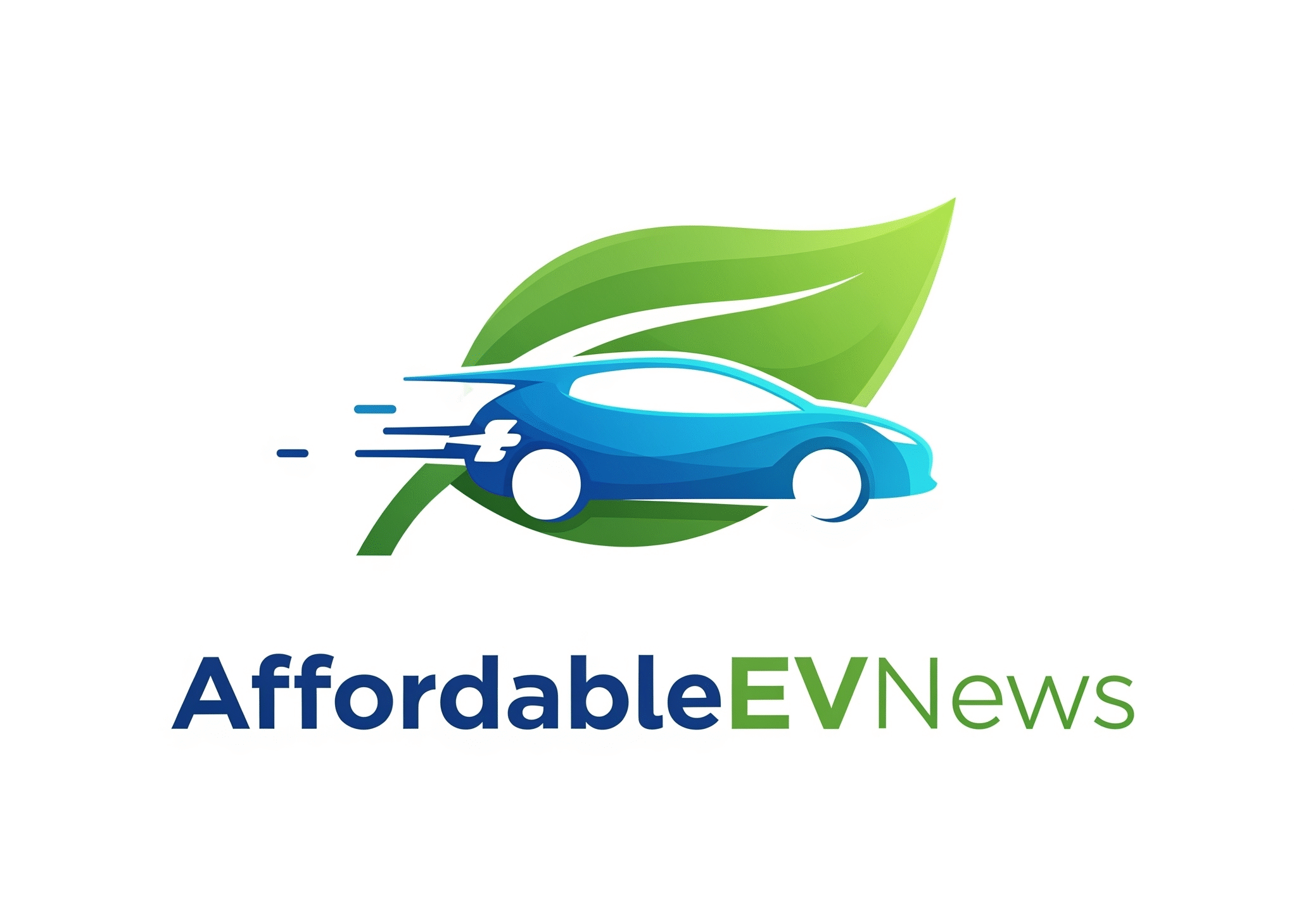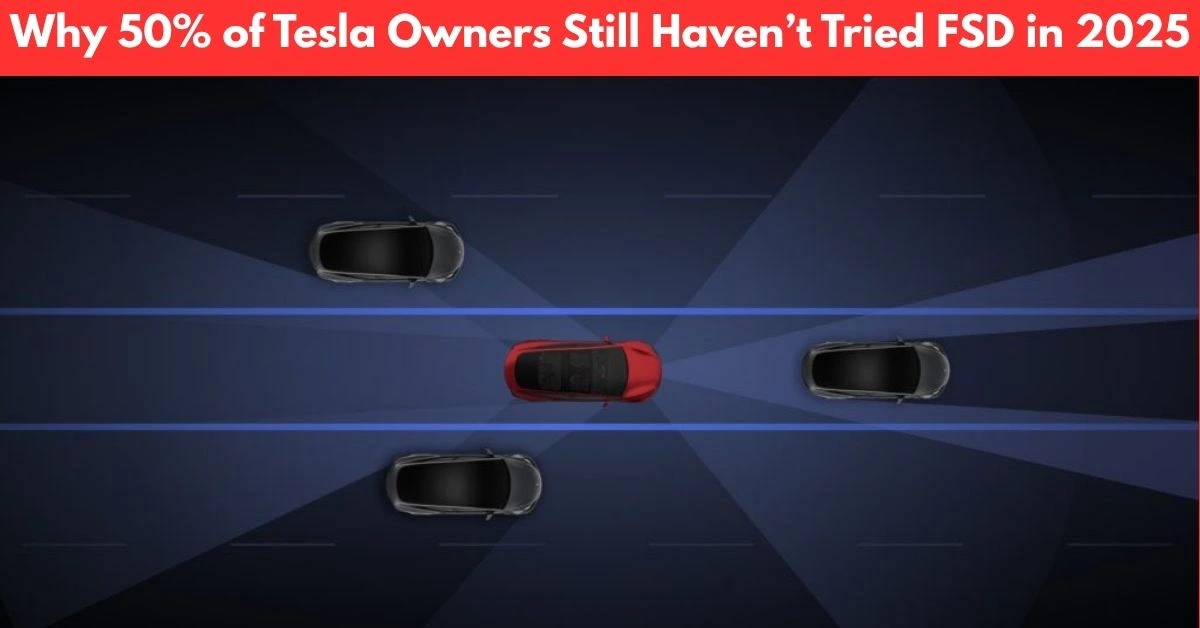Tesla reveals that half its owners haven’t activated Full Self-Driving. Discover the reasons behind the hesitation and what it means for FSD adoption.
Despite bold promises and constant updates, Tesla’s Full Self-Driving (FSD) remains polarizing—even among those who own eligible vehicles. Surveys and community discussions reveal that roughly 50% of Tesla owners have never even tried FSD. The reasons for low adoption and mixed satisfaction are multifaceted:
Major Concerns Behind Low Usage
- Immature Performance and Confidence Issues
- Many users describe FSD as “half-baked”—it causes stress rather than confidence, with some likening it to “driving with a kid on their permit.”
- Notable behavioral problems include:
- Phantom braking for no reason
- Failing to read speed limits or follow lane lines
- Drifting toward oncoming traffic or curbs
- Ignoring hazards like potholes and stopping in the road unnecessarily
- Navigation & Route Planning Flaws
- Frequent complaints about FSD taking odd routes, missing turns, or putting the car in the wrong lane—sometimes “fighting” the human driver about maneuvers
- Situational Limitations
- FSD reliability drops sharply in challenging contexts: rural/gravel roads, complicated merges, tight blind turns, or even glaring sunlight.
- It sometimes fails with entry gates, access arms, or uncommon local road scenarios.
- Driver Engagement Requirements
- The system’s name is misleading: FSD still needs you to watch the road constantly and respond quickly.
- Many express, “If I have to be this attentive, I might as well drive myself.”
- Cost vs. Functionality
- Owners balk at the significant upfront cost ($8,000) and/or monthly fee ($99), especially given the perceived lack of maturity.
- Lack of transferability (can’t move FSD to a new car) is a sore point.
- Many would value the service at ~$50/month or less.
- Preference for Manual Control
- A substantial subset simply enjoys driving. Tesla’s performance makes manual control fun, and some worry that overusing FSD could erode their skills.
- Limited Availability Across Hardware and Geography
- FSD is unavailable or heavily restricted in Europe, Australia, Norway, New Zealand, and other markets. Where it is available, some have only outdated or less-capable versions.
- Owners of older hardware (pre-2014, HW3) face inferior performance or costly upgrade requirements.
- Disappointing Free Trials
- Many have tested FSD in free trials but were not impressed enough to become subscribers, sometimes suspecting these trials exist for data collection more than value to the driver.
What the Enthusiasts Say
Not all reactions are negative; a vocal minority appreciates FSD for:
- Reduced Driving Fatigue
- Especially on long trips, users subscribe just for road trips, enjoying a less tiring drive.
- Notable Improvements on Newer Hardware
- With upgrades to HW4 and recent versions (e.g., V12, V13), drivers report a noticeably smoother experience—sometimes claiming FSD now drives “better and more carefully than I do.”
- Niche Usefulness
- Particularly helpful in headache scenarios like traffic jams or challenging parking. Some have driven thousands of miles between needed disengagements.
- Better Than Rivals
- Some owners feel FSD handily outperforms alternatives from Ford, Dodge, and Hyundai.
Tesla’s Vision: Where Is FSD Headed?
Strategic Focus and Updates
- FSD as a Core Product
- Tesla considers FSD its most important demand driver and invests heavily in continual updates, promising a 10X leap in neural net complexity.
- Pricing Experiments
- The price cut to $99/month doubled adoption rates, highlighting consumer price sensitivity.
- Tesla is experimenting with pricing, acknowledging that the economics will only work “at scale,” post-autonomy.
- FSD Unsupervised and Robotaxi Ambitions
- Internally, “unsupervised” FSD now moves fresh cars without human drivers in some facilities.
- A Robotaxi pilot has already logged over 7,000 driverless miles in Austin, Texas. The service will soon expand to other states, with the high-volume Cybercab scheduled for production in 2026.
- Full consumer availability hinges on regulatory approval and rollout of “unsupervised” FSD to HW4 cars first, then HW3.
- Global Expansion
- Elon Musk has hinted that as soon as European regulators greenlight full FSD, Tesla sales will get a huge boost abroad.
Quick Reference: FSD Stakeholder Snapshot
| Aspect | Challenge/Pain Point | Positive Notes |
|---|---|---|
| Performance | Erratic behavior, inconsistent safety | Steady improvements (esp. HW4) |
| Cost | High upfront / subscription price | Price drop doubled subscription rate |
| Geographical Reach | Limited outside U.S.; outdated in EU | More markets pending approval |
| Real-World Use | Fatigue from engagement requirements | Eases monotony on long trips |
| Public Perception | Mixed: “half-baked” vs. “crushes rivals” | Divides EV community |
The Road to True Autonomy: Closing Thoughts
Tesla’s FSD program is a work in progress: a compelling vision shadowed by uneven execution and owner skepticism, but also punctuated by moments of breakthrough and genuine convenience. As hardware improves, software matures, and regulatory landscapes shift, the next few years are pivotal. For now, FSD is both Tesla’s grand ambition and its biggest challenge—one upgrade, one cautious driver, and one enthusiastic adopter at a time.

